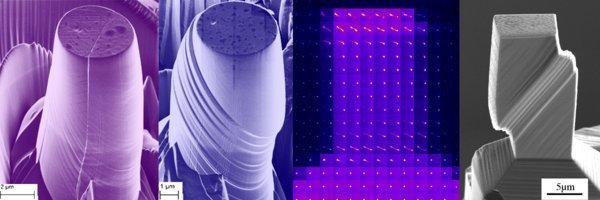Magnetic materials enable the electrification of transport, communication, energy, and manufacturing. They serve for instance as hard magnets in electrical motors or as soft magnets in transformers. Their remanence, coercivity, and hysteresis losses determine the efficiency of devices that are urgently needed for enabling society and economy to use…


